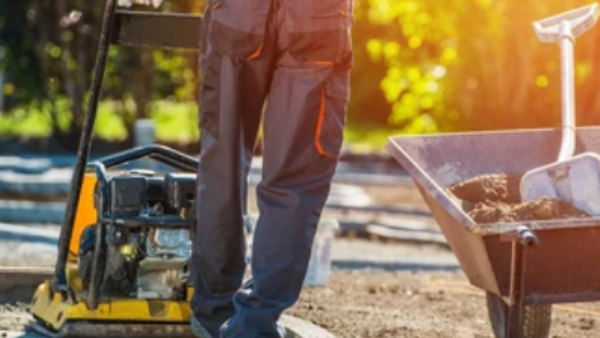Top 10 Building Equipment to Hire.
Hiring building equipment can save businesses and home improvement fanatics from purchasing tools to complete a specific task. This allows users to get their hands on, high-quality tools for a fraction of the price and break the habit of the “buy once, use once” stigma. Therefore, if you are looking to complete a task that requires a specific piece of machinery, you are highly likely to find it in this article, the top 10 pieces of building equipment to hire.
During this article, we will be sharing the most popular tools that tradesmen, businesses and DIYers choose to hire rather than purchase.
10. Laser level
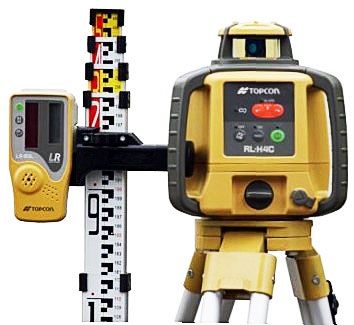
Laser levels are a key component of construction and building work. They are designed for the simplest and most complex aligning applications. From hanging a picture frame, in its simplest of forms, to erecting buildings, and analysing gradients on a building site.
A laser level admits horizontal and vertical light which allows users to align their projects and make the required adjustments accordingly. Laser levels that you can expect to hire are mounted on tripods and require a laser detector and rod to operate.
Ensure that when you mount your laser level on its tripod, it is level on the floor you are working on and can be seen from the positions you wish to measure. Use the tripod levelling bubble to guarantee an accurate reading.
Once completed, find an area you wish to measure first. Lightly attach the detector to the rod and slide up or downward while the rod is held level, (use detector bubble) until the detector begins to beep. A solid beep indicates that the detector and laser level are in line and level.
Ensure when you establish this height you secure the detector rod firmly.
From this point, your rod and detector are calibrated to the same height from where you took your first reading. A laser level is a popular choice across the entire construction industry.
9. Cable Avoidance Tool (CAT)
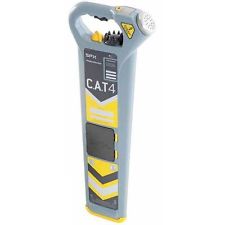
Cable Avoidance Tools or CAT assist with the detection of buried pipes and cables before excavation begins. By using a cable avoidance tool, you can avoid any nasty accidents from happening when it comes to work commencing.
A CAT produces an electromagnetic field by an A/C current that the tool produces to detect any utilities within the ground. Generally, there are two detection principles when using a CAT machine.
Passive location- uses the electromagnetic field of the utility already buried into the ground.
Active location- adds a specific signal using a radio signal onto a located utility.
If utilities cannot be found using the electromagnetic field, then this machine can alternate to radio signals instead. This allows operators to detect metallic utilities, similar to using a metal detector.
8. Lighting
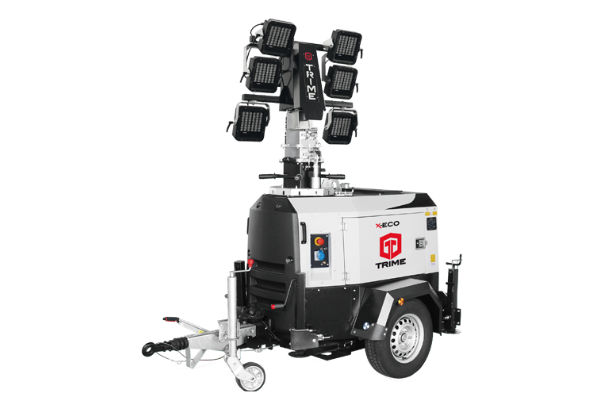
Having adequate lighting for your project or event is a legal requirement. Therefore, if you intend to undertake work either at night or underground, you are going to require a portable light source.
There are several different types of lighting options available to hire. All of which can be powered by a suitable portable generator, providing on site illumination wherever you require.
Lighting cables can be run off a 16amp output on a generator which can be either powered by petrol, diesel or alternative fuels. Alternatively, the lighting source can be built into a powered generator, which is extended on a boom to project a larger amount of light.
See how to choose the best lighting in 5 steps here:
Different types of lighting are used in specific scenarios. Tower lighting, is commonly used for festivals and outdoor events, along with roadside night-time maintenance or construction.
Festoon lighting can be used for indoor illuminations, events and underground works depending on the level of illumination required.
7. Acro props
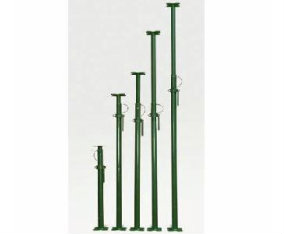
Acro props are temporary vertical supports that can prevent load-baring ceilings from falling. They are designed to work along site strong boys to provide structural integrity whilst construction work takes place.
Mostly used for holding up an internal wall while walls are being removed, an acro prop can hold a significant amount of weight. Some supports can hold more than 4000kg each. Acro props can be installed very easily, making them extremely beneficial for builders or construction tradesmen.
Acro props are available from several suppliers in different height sizes. As a rule of thumb, it is always best to use the smallest acro prop you can do the job. This ensures that you have the maximum about of baring whilst the required work takes place.
Acro props should never exceed over 900mm apart at one time. Therefore, it is best to always brace your row of acro props together to improve the overall structural sturdiness.
Acro props are installed by removing the mortar in the brickwork above your intended finishing height. The acro prop is put into place by extending the inner tube and securing it with the safety pin. To make further adjustments when locked in place, operators can use the screw collar to make the required weight-bearing corrections.
6. Strong boys
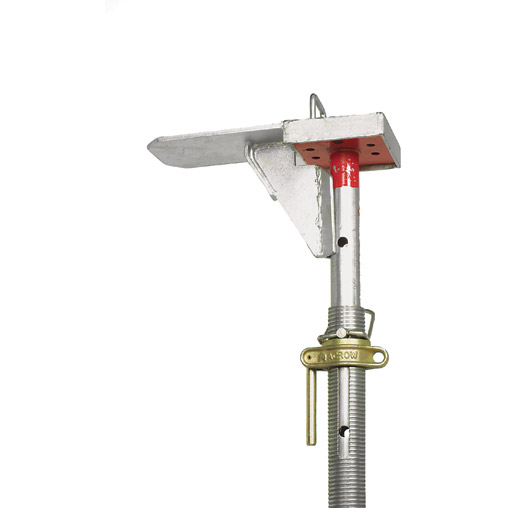
In addition to the popular demand of acro props, are Strong Boys. Strong boys are an additional attachment that can be used whilst securing a load-bearing wall. These attachments can be passed through both wall skins allowing users to remove the mortar between the brick courses and provide vertical support.
Once correctly inserted, the screw collar of the acro prop can be tightened to relive the loading baring wall of pressure so work can safely take place.
Strong boys are popular for their simplicity and ability to hold up to 340KG and required lateral bracing. If you are working on a long wall then an acro prop using a strong boy requires to be spaced at no more than 900mm apart or 500mm off the floor.
5. Concrete mixers
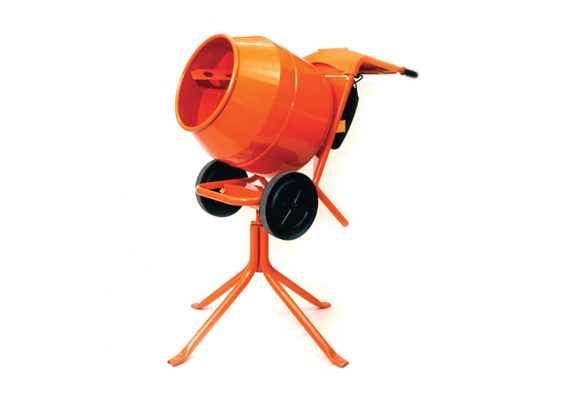
Most likely one of the most iconic pieces of building machinery is the concrete mixer. Concrete mixers are designed to completely remove the physical demand of combining materials. Resulting in a far more efficient workflow and better quality mixture overall.
There are two types of concrete mixers which you can expect to hire. First is the tip-up style concrete mixer able to produce a standard wheelbarrow’s amount of mix per load. These are the most popular style of mixers for general building contractors and DIY projects.
Tip-up style mixers are mounted on a stand offering users to tip their completed mix into a method of transport with simple ease. Powered by either electricity or fuel, these machines are capable of working on a site with or without access to power.
The second most common type of cement mixer to hire is the bulk concrete mixer. These machines are not too different to a standard tip-up mixer, however with some differences. Firstly, its mounting position. Unlike the stand-mounted tip-up mixer, the bulk concrete mixer is mounted on a frame with wheels, making it easy to move around a building site. The second major difference is its capacity. These machines can produce up to 110L of mix per load, which is around 20% more than a standard mixer. This type of cement mixer is ideal for large-scale contracts where continuous mixing is required. Finally, its power source, bulk cement mixers are generally diesel-powered as they are required to be used anywhere rather than relying on having an available power source.
For more information on cement mixers, check out our resource on Cement mixers 101.
4. Breakers
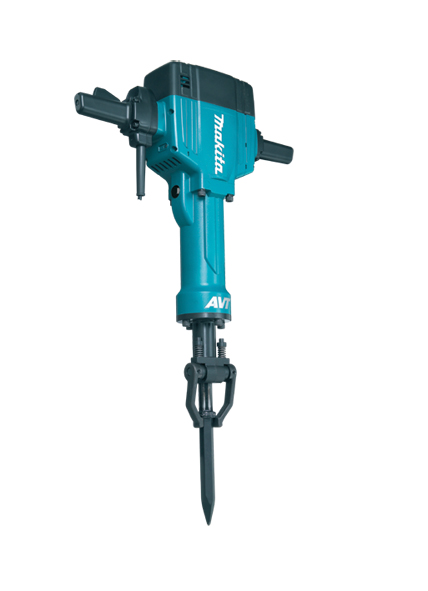
One major part of a building project is the demolition that is required before work can commence. A popular piece of building equipment to hire for this process is a breaker. Breakers are designed to crack, break and chisel materials such as concrete, asphalt and even stone. This allows the material to be safely removed in more manageable pieces and cleared before further construction takes place.
Concrete breakers can be powered in several different ways. Fuel, 110v electric, hydraulic and air powered are the most assessable throughout the hire industry. Therefore, it is important that you take great consideration in the equipment you choose to use. As some breakers may require additional equipment to power them.
Breakers are equipped with interchangeable chisels that assist the user in different manors to deal with various types of surfaces. Remember, that when using any vibrating equipment such as a concrete breaker, you need to adhere to the safety advice given to protect yourself when using for long periods.
There is a vast amount of selection when choosing the right breaker for the job, therefore always make sure you take your time to choose the correct equipment. For more information on finding the right concrete breaker for your project click here.
3. Floor Sanders
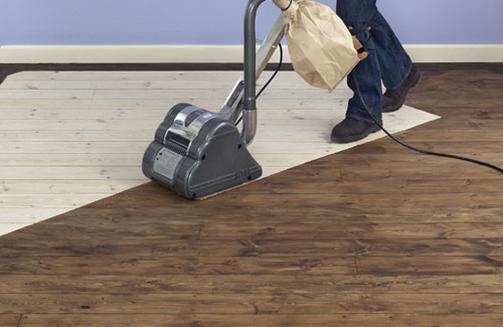
Floor sanders have become a more popular piece of building equipment to hire in recent years, and for very good reason. They offer a faster more efficient way to sand wooden floors in households and businesses by DIYERs, renovators and by commercial contractors than doing the whole process by hand. Resulting in a far more even and polished finish when it comes to the result.
The most common types of floor sanders to hire are:
Edging floor sanders- for the tight spaces near walls and skirting boards.
Drum sanders– for large rough sanding projects that can deal with the most imperfections on all wooden flooring.
What makes them so popular? In fairness, not only are they efficient and easy to use, but are cost-effective to hire. Especially for renovators and DIYers looking to use a machine once in a blue moon. Purchasing a commercial drum sander is an expensive decision, therefore this is why choose to hire equipment like this.
2. Petrol Cut-off Saw
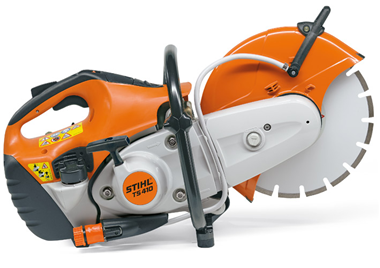
Petrol Cut-off saws, also known as Stihl, stone, concrete or wet saws, are go-to machines for several construction tasks that involve cutting. These machines are lightweight and powerful enough to cut through all types of materials you can expect to find in a DIY or construction project. This is providing it is married up with the correct type of blade.
Their simplicity of use and safety features makes them a very sort-out piece of equipment used by both professionals and homeowners. Why are they so popular to hire? Petrol cut of saws offer a very cost-effective way of cutting multiple different materials all in one product.
Unlike angle grinders, these machines provide much more power allowing the work to be completed faster and also safer. One of the most expensive upkeeps of these saws is the type of blade that you choose to use with them. Saw blades, such as disk or diamond blades can mount up to be extremely expensive in addition to purchasing the machine itself. Hench why when hiring, paying for the time you have the machine and the number of disks or mm used (diamond blade) is far more cost-effective.
In addition to this, larger construction companies choose to hire a vast amount of the petrol cut of saws as the machinery must be tested regularly for its vibration output. Vibration testing is essential in the construction/utility industry to make certain that operators stay safe when using the machinery. Vibration testing in tools such as petrol cut-off saws, compactors and breakers is essential to prevent Hand and Vibration Syndrome. Find out more about HAVS here.
1. Compactors
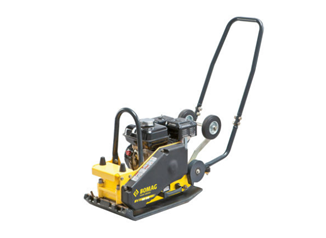
Despite all of the previous tools we have looked at during this article, there is no one more popular than the compactor. Compactors are designed to apply pressure to soil or your imported material, reducing the air in between their particles, resulting in higher ground density and load baring weights.
The two main types of compactors are the roller and plate compactor.
The roller compactor is designed for large-scale projects and is available in several sizes and weights depending on the task at hand. Some roller compactors are specifically designed to be used on pavements, others are used to construct roads. Roller compactors are generally used by professional building and construction contractors.
Plate compactors on the other hand are far more portable tools which, unlike a construction roller, can easily be transported in the back of a standard hatchback car. Plate compactors are a top pick of home renovation and DIYer’s. Ideal for creating paths, patios or even shed bases. Both types of compactors are fuel-powered, whose engines manufacture the vibrations and pressure required to compact surfaces.
Compactors are most likely the number one piece of building equipment to hire for a few beneficial reasons:
A large range of compactors available
Cheap and very accessible
Far more cost-effective to hire
Vibration tested to ensure users’ safety
Where to find building equipment to hire?
WHC Hire Services has been supplying building equipment to DIYers, as well as small and large construction businesses for over 20 years. With an ever-extending stock of the most up-to-date equipment available on the market, our service can allow you to get the job done when you need it. With regular investments into the quality of building equipment to hire, we offer a fleet of the most fuel-efficient and effective machinery throughout the UK. Our attention to detail including documented vibration testing on all of our equipment gives all our customers peace of mind when trusting in our carefully selected machinery. Speak to one of our team today on 01684377977 or click here to see the latest building equipment that we have to offer.

